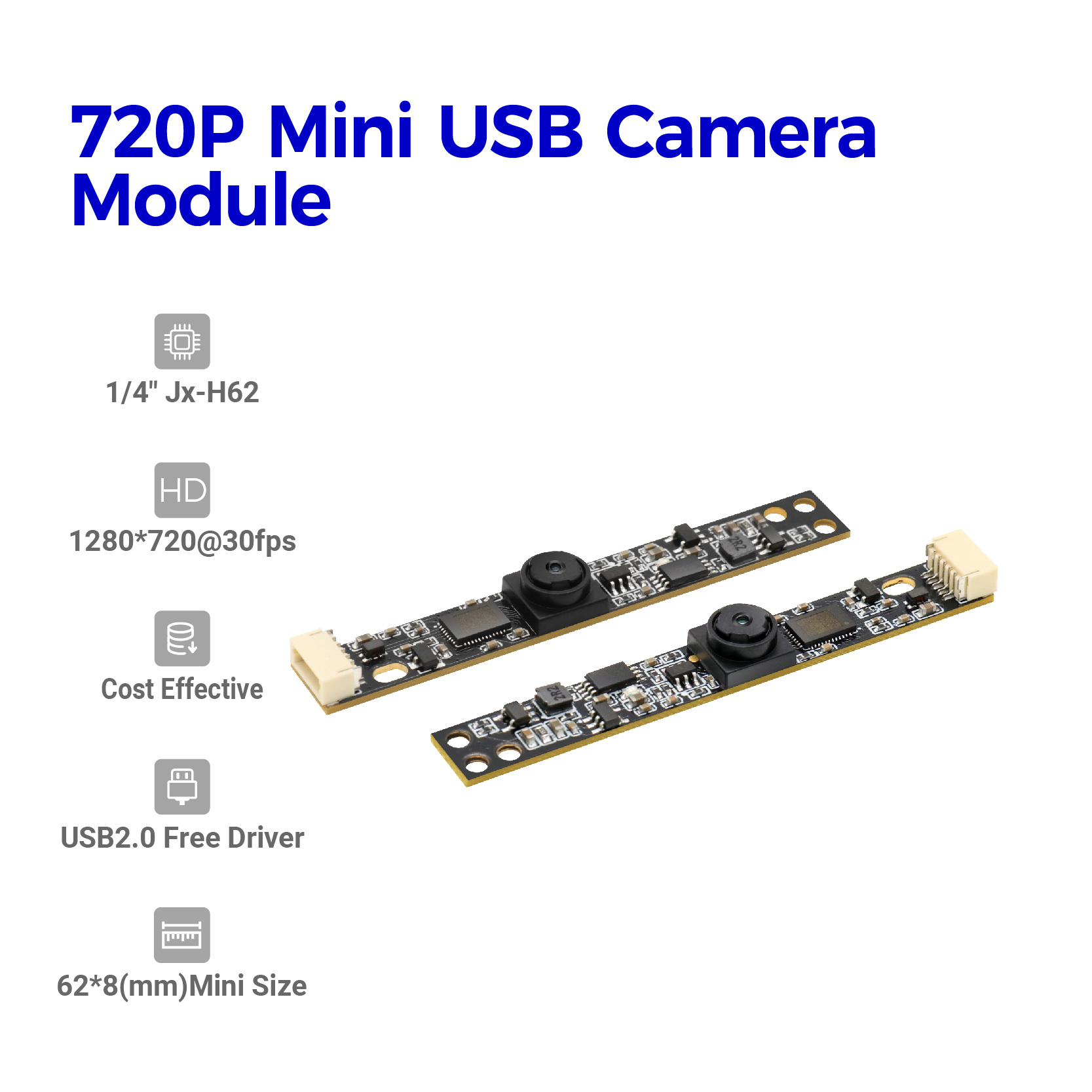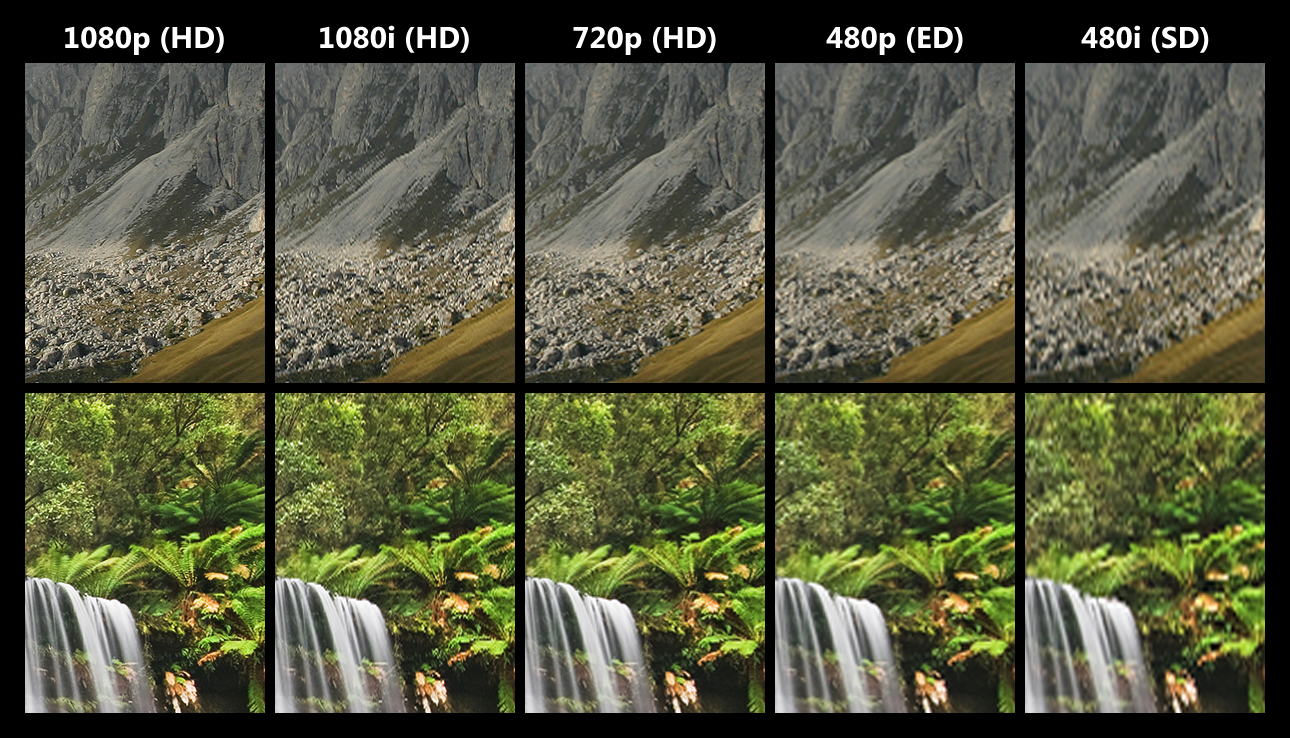Many cameras on the market are marked with high-definition cameras, standard-definition cameras,so what is the difference between SD and HD cameras? Through video vertical resolution and pixel distinction, there is a pixel difference, and it is a high-definition camera at 96W and above
Definition
What is HD Streaming?
The term HD stands for High Definition, and HD Streaming refers to HD quality video resolution streamed over the internet for playback. It can be done using several different video formats, including MPEG or smooth video streaming.
HD streaming video content will offer you more clarity and detail than SD video resolution, often seen on YouTube and other websites. You’ll see less pixelation in high-definition video content because it has twice as many pixels per frame (1920×1080) than standard-definition footage at 1280×720. These higher-quality pictures also have better color reproduction and smoother motion due to their faster frame rate.
Video vertical resolution
1.SD is a video format with a physical resolution below 720p (1280*720). 720p means that the vertical resolution of the video is 720 lines of progressive scanning. Specifically, it refers to "standard definition" video formats such as VCD, DVD, and TV programs with a resolution of about 400 lines, that is, standard definition.
2.When the physical resolution reaches 720p or above, it is called high-definition (English expression High Definition) referred to as HD. Regarding high-definition standards, there are two internationally recognized ones: the video vertical resolution exceeds 720p or 1080p; the video aspect ratio is 16:9.
High Definition (HD) video is nothing new in the world of consumer electronics where there has been a considerable shift from Standard Definition (SD) to the much more visually impressive HD.
In the field of industrial inspection, the transition has been slower but it is nonetheless, inevitable. Even though the majority of the inspection systems and cameras currently available on the market are still Standard Definition, experts predict that HD will be the dominant technology by 2020.
Colour images are comprised of tiny dots called pixels, with resolution referring to the total number of pixels in a video or an image. The definition for SD video starts at 240p and ends at 480p, whereas 1080p resolution is full-strength HD (with anything above this considered to be Ultra-HD).
Extended information:
How the camera works:
1. The camera is composed of lens, lens holder, capacitor, resistor, infrared filter (IP Filter), sensor (Sensor), circuit board, image processing chip DSP and reinforcement board and other components.
2. There are two types of sensors, one is charge-coupled sensor (CCD) and the other is metal oxide conductor sensor (CMOS); circuit boards are generally printed circuit boards (PCB) or flexible circuit boards (FPC).
3. The scene light enters the camera through the lens, and then filters out the infrared light in the light entering the lens through the IR filter, and then reaches the sensor (sensor), which converts the optical signal into an electrical signal.
4. Through the internal analog/digital converter (ADC), the electrical signal is converted into a digital signal, and then transmitted to the image processing chip DSP for processing, and converted into RGB, YUV and other formats for output.
Post time: Mar-03-2023







